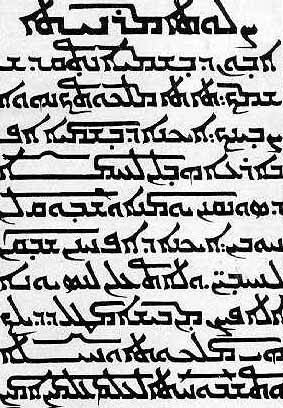Akkadian
History Of The Language
Preserved in cuneiform tablets, is the language of the Semitic peoples who dominated the Mesopotamian civilization from about 2300 B.C.E Although the fundamentals of the decipherment of these syllabic clay tablets were achieved in the mid-nineteenth century, the cuneiform writing system is so complex that the reading of cuneiform texts remains a painstaking task. Our knowledge of Akkadian and its principal phases is continually evolving, and reference works such as dictionaries are still in the process of compilation. Yet, even as basic research continues, archaeological excavations keep bringing to light new Mesopotamian texts. There are presently some 150,000 tablets in Istanbul and 30,000 at the University of Pennsylvania (to name only two of the major collections outside Iraq, the geographic area corresponding by and large to ancient Mesopotamia). Probably no more than five percent of excavated texts have ever been published.
The extraordinary richness of the Mesopotamian corpus of writings is evident. Preserved documents include administrative and economic records and accounts; legal texts (law codes, contracts, court records); personal and royal correspondence; treaties; annals; chronicles; building and votive inscriptions; literature (myths, epics, philosophical disputations, and tales); treatises on mathematics, astronomy, divination, magic and medicine;

lexicons and bilingual dictionaries; exercise texts from the scribal schools; even maps.
